The most iconic buildings of the 21st century (So Far)
The 21st century has already given rise to a collection of architectural marvels that redefine architecture, challenge engineering boundaries and capture the imagination of people around the globe. But what makes a building truly iconic? That’s the question we asked our team of experienced construction journalists who decided It was a combination of factors including groundbreaking design, innovative use of materials, a response to social and environmental challenges and the ability to evoke emotion and inspire awe. This is our list, but let us know what you think, writes John Ridgeway.
It's important to note that "iconic" status is not bestowed by a single authority. It's a combination of critical acclaim from architects and critics, popular appeal and lasting impact within the field of architecture. Organisations like the Council on Tall Buildings and Urban Habitat (CTBUH), the American Institute of Architects (AIA), and publications like Dezeen and Architectural Record, along with prestigious awards such as the Pritzker Architecture Prize, all play a role in shaping the architectural choice.
Here, we explore some of the most iconic buildings of the 21st century so far, examining what makes them special, the challenges they faced and why, we and many others believe they have earned a place in architectural history. They are not listed in any particular order as we feel they all deserve their place in architectural history.
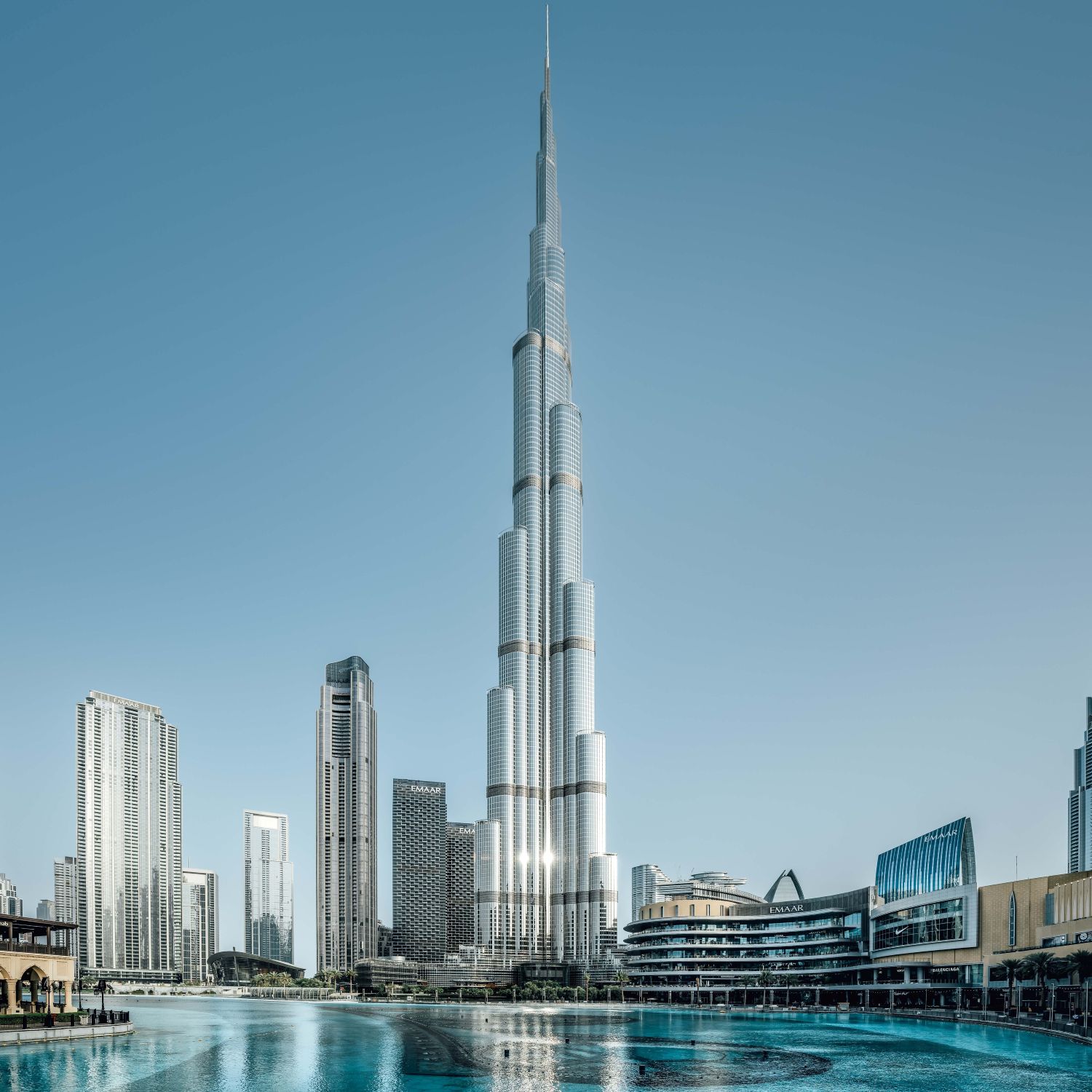
Burj Khalifa, Dubai, UAE (2010)
- Architect: Skidmore, Owings & Merrill (SOM)
- Height: 828 meters (2,717 feet)
The Burj Khalifa is the undisputed king of skyscrapers. Its sheer scale and height broke records and redefined what was thought possible in skyscraper construction.
What makes it iconic:
- Record-Breaking Height: It's the tallest building in the world (for the moment), a title that captures global attention.
- Engineering Innovation: The building's design and construction pushed the boundaries of engineering, particularly in its ability to withstand high winds and seismic activity.
- Symbol of Ambition: It represents Dubai's ambition and rapid development on the world stage.
- Design Aesthetics: Its sleek, tapering form, inspired by Islamic architecture, is both elegant and functional.
Challenges:
- Extreme Height: Pumping concrete to such heights was a major challenge, requiring specialised equipment and techniques.
- Wind Resistance: The building had to be designed to withstand strong winds, which involved extensive wind tunnel testing and an aerodynamic shape.
- Construction Speed: Completing the project at a rapid pace required a massive workforce and meticulous coordination.
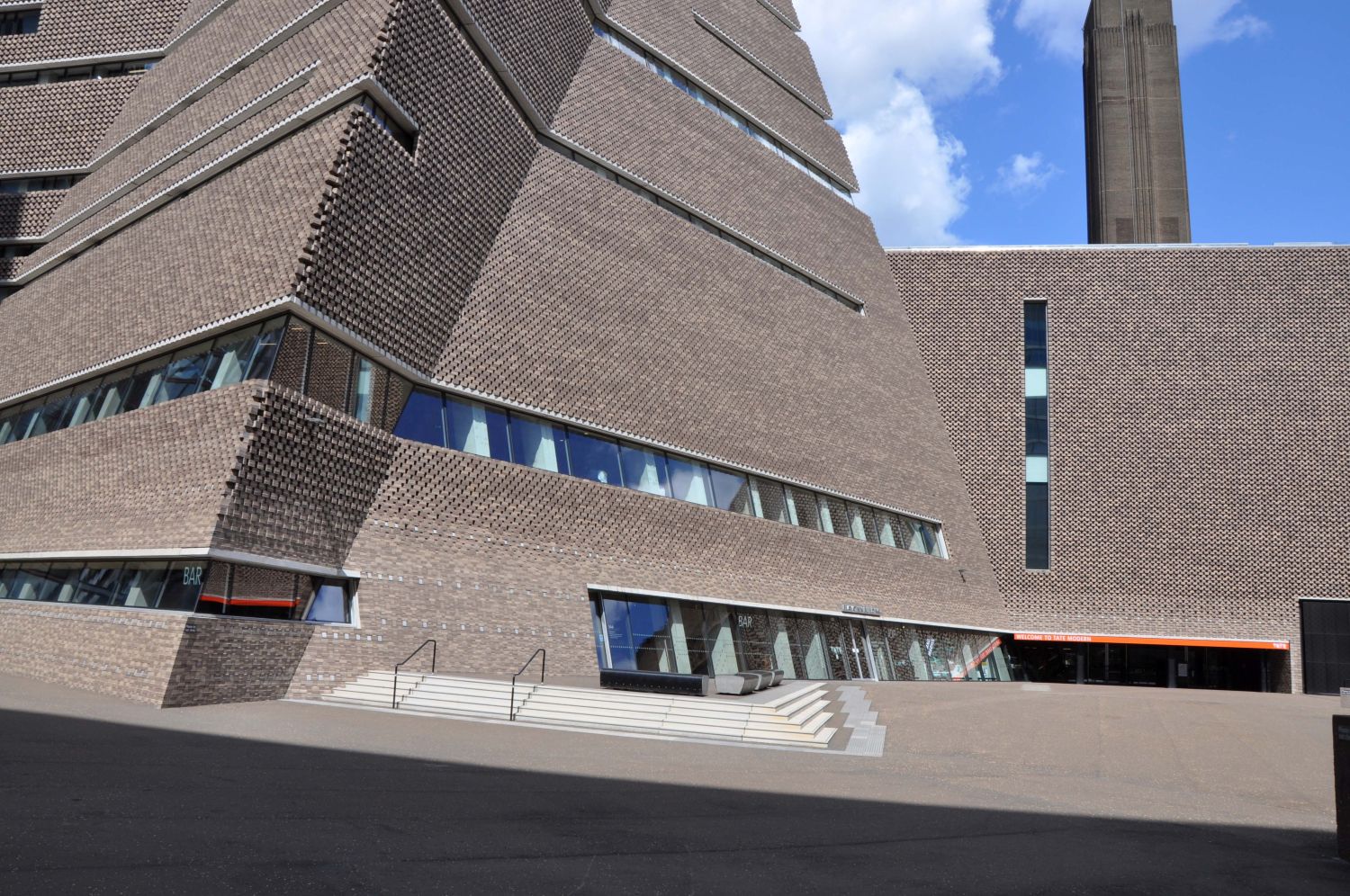
Tate Modern Extension (Blavatnik Building), London, UK (2016)
- Architect: Herzog & de Meuron
The Tate Modern, housed in a former power station, was already an iconic landmark. The extension added a new dimension to the museum, creating more space for exhibitions and performances.
What makes it iconic:
- Integration with Industrial Heritage: The design successfully integrates the new structure with the existing industrial building, preserving its character while creating contemporary spaces.
- Innovative Form: The building's unique, angular form, constructed from brick, creates a striking contrast with the original building.
- Enhanced Visitor Experience: The extension improved the flow of the museum and provided new spaces for art and performance, enhancing the visitor experience.
- Urban Regeneration: The project contributed to the regeneration of the surrounding area, making it a cultural hub.
Challenges:
- Working with an Existing Structure: Integrating the new building with the historic power station required careful planning and execution.
- Material Choice: The use of brick, a traditional material, in a contemporary design was a challenge that Herzog & de Meuron successfully overcame.
- Logistics: Building in a dense urban area with limited access presented significant logistical challenges.
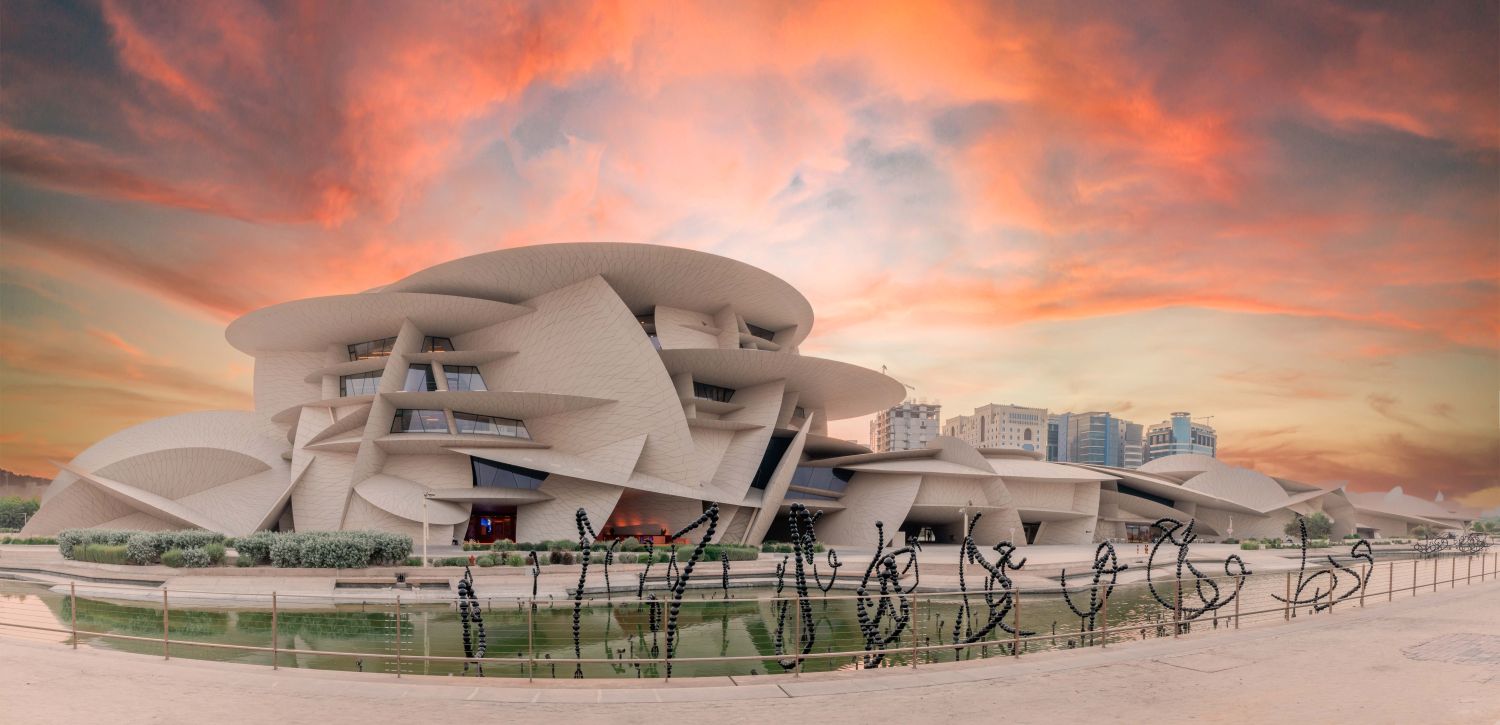
The National Museum of Qatar, Doha, Qatar (2019)
- Architect: Jean Nouvel
The National Museum of Qatar is a striking architectural statement that tells the story of Qatar's history and culture.
What makes it iconic:
- Unique Design: The building's interlocking disc design, inspired by the desert rose crystal, is both visually stunning and symbolic of Qatar's natural heritage.
- Cultural Significance: The museum is a powerful symbol of Qatar's national identity and its ambition to become a major cultural destination.
- Innovative Use of Materials: The building's concrete structure is clad in a sand-coloured finish that blends seamlessly with the desert landscape.
- Immersive Experience: The museum's design creates an immersive experience for visitors, taking them on a journey through Qatar's past, present, and future.
Challenges:
- Complex Geometry: The building's complex, interlocking disc design presented significant engineering and construction challenges.
- Climate Considerations: The building had to be designed to withstand Qatar's harsh desert climate, including extreme temperatures and sandstorms.
- Logistical Complexity: Constructing such a large and complex building in a relatively remote location required meticulous planning and coordination.

Heydar Aliyev Centre, Baku, Azerbaijan (2012)
- Architect: Zaha Hadid
The Heydar Aliyev Centre is a cultural centre that has become a symbol of modern Baku. Its fluid, curvilinear design is a departure from the city's more traditional architecture.
What makes it iconic:
- Fluid Design: The building's flowing, organic form is a hallmark of Zaha Hadid's signature style and represents a break from traditional, rigid architectural forms.
- Cultural Landmark: The centre has become a major cultural destination, hosting exhibitions, concerts and other events.
- Technical Innovation: The building's complex curves and surfaces required innovative engineering solutions.
- Urban Transformation: The centre has played a significant role in transforming Baku's urban landscape and positioning it as a modern, forward-thinking city.
Challenges:
- Complex Geometry: Translating Hadid's fluid design into a buildable structure required advanced modelling and construction techniques.
- Material Innovation: The use of smooth, seamless cladding to create the building's continuous form was a major technical challenge.
- Seismic Activity: Baku is located in a seismically active region, which required the building to be designed to withstand earthquakes.
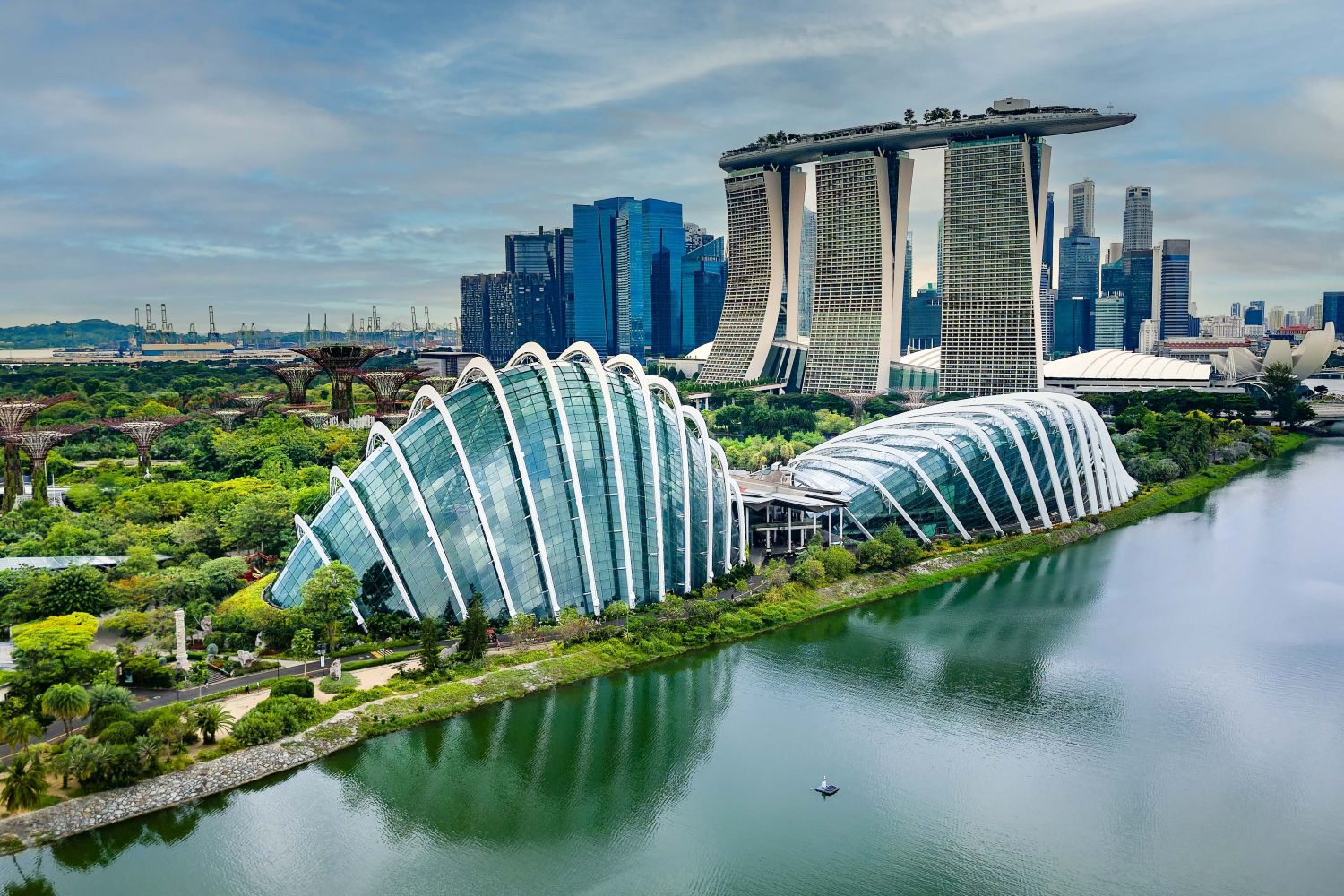
Gardens by the Bay, Singapore (2012)
- Architect: WilkinsonEyre
Gardens by the Bay is a horticultural park that showcases Singapore's commitment to sustainability and green urban living.
What makes it iconic:
- Supertrees: The park's iconic Supertrees, vertical gardens that light up at night, are a unique and visually stunning attraction.
- Sustainable Design: The park incorporates a number of sustainable features, including rainwater harvesting and energy generation.
- Biodiversity Showcase: The park is home to a diverse range of plant life from around the world, making it a centre for horticultural research and education.
- Urban Oasis: The park provides a green oasis in the heart of Singapore, offering a place for recreation and relaxation.
Challenges:
- Creating a Sustainable Ecosystem: Designing a park that could thrive in Singapore's tropical climate and minimise its environmental impact was a major challenge.
- Engineering the Supertrees: The Supertrees required innovative engineering solutions to support their vertical gardens and lighting systems.
- Integrating Nature and Technology: The park successfully integrates nature and technology, creating a unique and immersive experience for visitors.
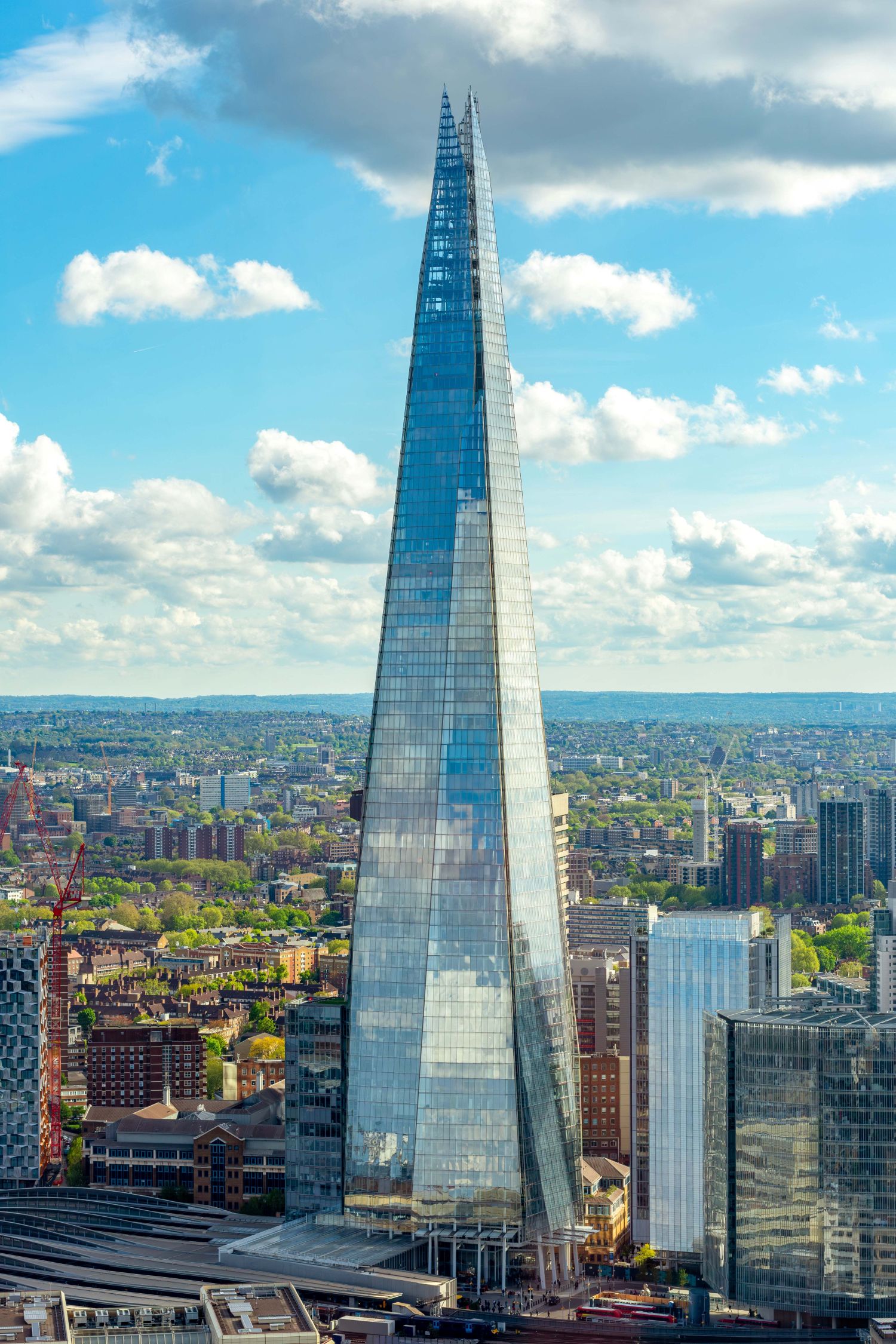
The Shard, London, UK (2012)
- Architect: Renzo Piano
The Shard, also known as the Shard of Glass, is a skyscraper that has become an iconic part of the London skyline.
What makes it iconic:
- Striking Design: Its unique, shard-like design, with its tapering form and jagged top, stands out on the London skyline.
- Height: It is one of the tallest buildings in Western Europe, offering panoramic views of the city.
- Mixed-Use Development: The building houses a variety of uses, including offices, residences, a hotel, and restaurants, making it a vertical city.
- Urban Regeneration: The Shard has contributed to the regeneration of the South Bank area of London.
Challenges:
- Complex Structure: The building's complex geometry and mixed-use programme presented significant engineering and construction challenges.
- Urban Context: Integrating the tall building into London's historic skyline required careful consideration of its visual impact.
- Fire Safety: Designing a safe and efficient fire safety system for such a tall building was a major challenge.
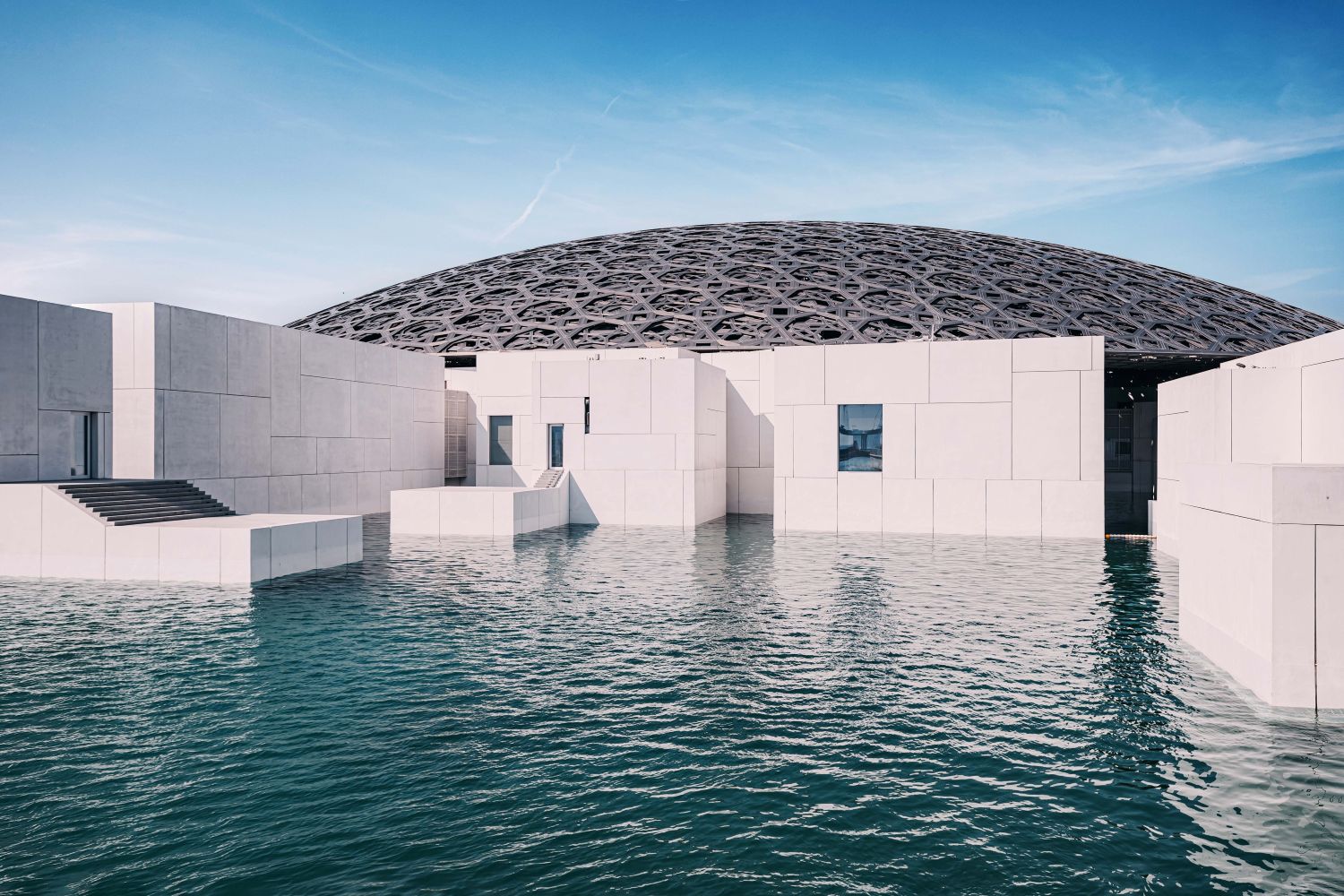
The Louvre Abu Dhabi, Abu Dhabi, UAE (2017)
- Architect: Jean Nouvel
The Louvre Abu Dhabi is a museum that showcases art from around the world, with a focus on cross-cultural exchange.
What makes it iconic:
- Stunning Design: The building's iconic dome, which filters sunlight to create a "rain of light" effect, is a masterpiece of engineering and design.
- Universal Message: The museum's collection and mission promote a message of cultural understanding and tolerance.
- Innovative Use of Light: The building's design uses light in a unique and dramatic way, creating a memorable experience for visitors.
- Cultural Exchange: The museum is a symbol of the growing cultural exchange between the East and the West.
Challenges:
- Creating a Universal Museum: Designing a museum that could house art from different cultures and time periods was a major challenge.
- Engineering the Dome: The building's massive dome, which appears to float above the museum, required innovative engineering solutions.
- Climate Considerations: The building had to be designed to withstand Abu Dhabi's hot and humid climate.
All of the above structures are considered iconic due to their groundbreaking design, innovative use of materials, and their response to social and environmental challenges. The buildings featured have not only redefined skylines and pushed engineering boundaries, but have also captured the imagination of people around the world.
Each faced unique construction challenges, including extreme heights, complex geometries, and demanding environmental conditions. These architectural marvels stand as symbols of human ambition, cultural significance and urban transformation.
Additional Articles

Why everyone has a favourite skip and what it says about you
In construction, there are two universal truths – tea, of course, is essential and believe it or not, everyone - whether they are prepared to admit it - has a favourite skip. It may sound strange,...
Read moreThe cultural significance of the bacon roll in UK construction
Walk onto any construction site in the UK at 7:30am and you’ll quickly discover that the most important piece of equipment isn’t a digger, a drill or a laser level. It’s a humble, foil-wrapped,...
Read more

Check out the odd things unearthed on construction sites
Dig deep enough on a construction site and you might be amazed at what you find. In fact, if there is anywhere destined to uncover hidden treasures, you are in the right place. Large-scale ground...
Read more